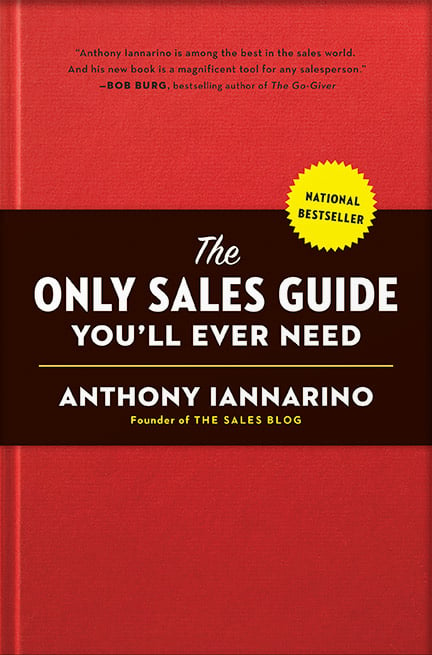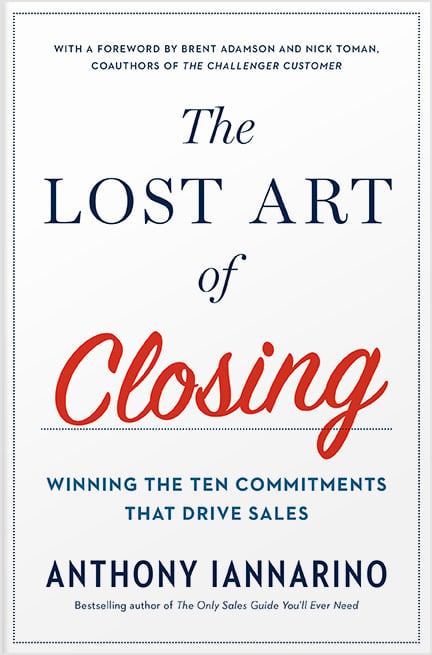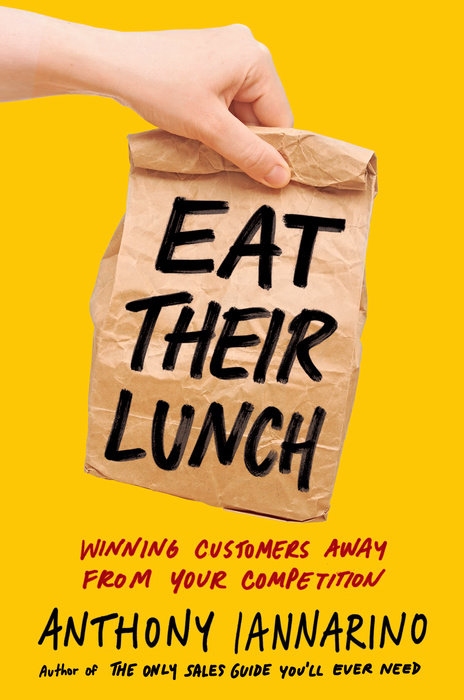The Gist:
- There is a tendency to over-optimize in order to create the perfect sales scenario.
- Much of the thinking behind optimization treats the sales conversation like an assembly line, ignoring its dynamic, nonlinear nature.
- While it’s important to create scenarios that improve your ability to win deals, it’s far more helpful to optimize your ability to create value in the sales conversation. Develop the character traits that allow you to succeed outside optimal conditions.
There are good reasons to improve what you do in sales, working towards creating the best scenario for you to create big deals, win them, and ultimately create revenue growth. You want to find yourself in circumstances that favor you and increase your chances to succeed. You can, however, take the idea of optimization too far, creating rules that prevent or limit your results. In short, there is a difference between optimizing what you do and self-imposed constraints that prevent action.


Optimal Leads
Some sales organizations only seek out optimal leads, limiting themselves to the few leads that they are certain meet their criteria. They start with something they call a “marketing-qualified lead,” filtering out any contacts that don’t measure up to their standards. The sales force then must whittle down the leads even further, converting some marketing qualified leads to “sales-qualified leads.”
The first problem here is that the few things that might justify calling a contact are invisible to both the marketing team and the sales force. They can’t tell whether the contact has a need, whether they’re actively looking for help, whether they are compelled to change, and whether they prioritize the kind of improvement your company could help them make.
Avoiding a likely “no” may protect the time you need for the optimal leads, but unless you have more opportunities than you can manage, the optimal isn’t necessary or helpful.
Optimal Qualification
Last week, I was qualified by a salesperson whose sole role was to send me to another salesperson so they could further qualify me. First of all, no one enjoys or finds any real value in being qualified. There is no reason to spend time with people who can’t or won’t buy what you sell, and there is every reason to protect your time. But most salespeople and sales organizations would do well to give up their optimal qualifications and have a conversation with a stakeholder before deciding they aren’t a good fit.
Salespeople need to create opportunities to be able to reach their goals. A case could be made to lower the qualifications necessary for exploring and potentially creating an opportunity, even if it means having more conversations with more contacts at more companies. Seeking optimal conditions because you want to be efficient can eliminate the potential opportunities you need to grow your revenue.
Every time you reject a conversation without knowing for certain that there is no opportunity, you open yourself up to missing potentially valuable deals.


Optimal Decision-Makers
There are still some sales organizations and salespeople who only want to speak to the sole “decision-maker,” even though any significant decision to change is almost certain to require consensus. When there are six people engaged in the process of deciding whether or not to change and who to choose as a partner, everyone is a decision-maker, even if some have more power and others have more influence.
There is no reason to wait for a meeting with a decision-maker when you have stakeholders who are ready to engage with you, who are compelled to change (or could be), and who can benefit from the better outcomes you can help them produce. Where in the hierarchy that conversation starts is less important than your ability to identify and engage the right stakeholders once you find your way into the organization.
Optimal Roles
The trend toward slicing sales into as many roles as possible continues unabated. In theory, this dizzying array of roles creates experts who all specialize in some part of the sales conversation. There may be good reasons for giving different roles different responsibilities under certain circumstances, but B2B sales are not Henry Ford’s assembly line, and going all Fruit Ninja on sales roles does nothing to optimize the one thing that needs to be optimized: the sales conversation itself.
Most sales organizations would better optimize their sales conversations by improving how each individual salesperson engages with and creates value for the client, instead of creating new roles in an attempt to upgrade the sales force’s efficiency. It is important to remember that efficiency does not measure the time or energy you spend, but the time and energy you need to produce a result. If you don’t produce the result, you have zero efficiency. So if you must optimize something, optimize your client’s experience of the sales conversation.


Optimal Process
Both the sales process and the buyer’s journey are incredibly powerful fictions. They are maps of the sales conversation that allow you to recognize where you are in space. But both models should come with an expiration date, so you know when to sit down and make adjustments. You also have to ensure that the optimal process doesn’t constrain you or your sales force from securing agility, something that’s increasingly more important to success in the current environment.
While it’s important to accomplish the outcomes that are embedded in your sales process, the how is far more important than the what. In a dynamic, nonlinear conversation, a map is important, but only when you exercise resourcefulness and initiative, the attributes that allow the salesperson to act when the map doesn’t provide useful guidance.
You improve your results by optimizing for agility, not constraints.
The Optimal Utopia
In sales, you will never experience “optimal.” Instead, you will find a series of problems that you need to solve using your grit, your creativity, and your ability to move through the obstacles to success. While there is no reason not to try to create scenarios that benefit you, you are better off optimizing the character traits that allow you to succeed when things are anything but ideal. Experiencing that adversity not only makes you a better salesperson, but it cures you of the notion that you can expect—or even hope for—perfect sales conditions.
Do Good Work:
- What areas do you over-optimize? How might you benefit from loosening your constraints?
- In what areas should you work towards agility instead of trying to create an optimal scenario?
- What character traits might you develop to increase your success when you run into sub-optimal scenarios?








.jpg?width=768&height=994&name=salescall-planner-ebook-v3-1-cover%20(1).jpg)


